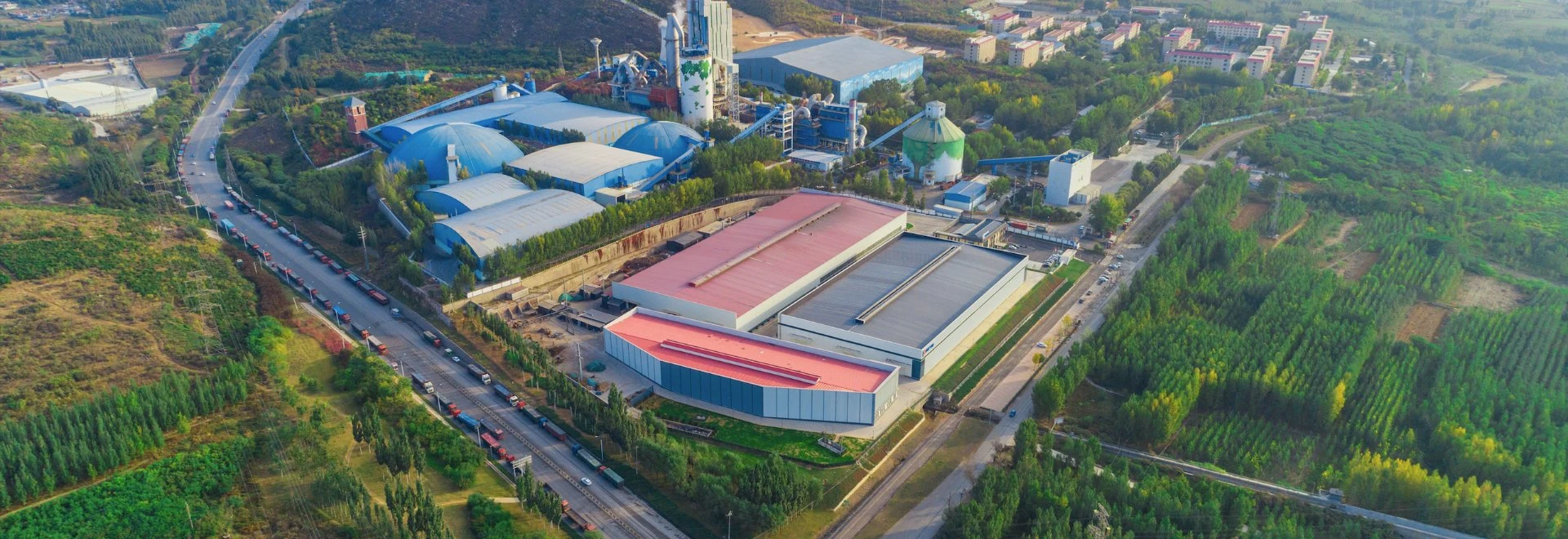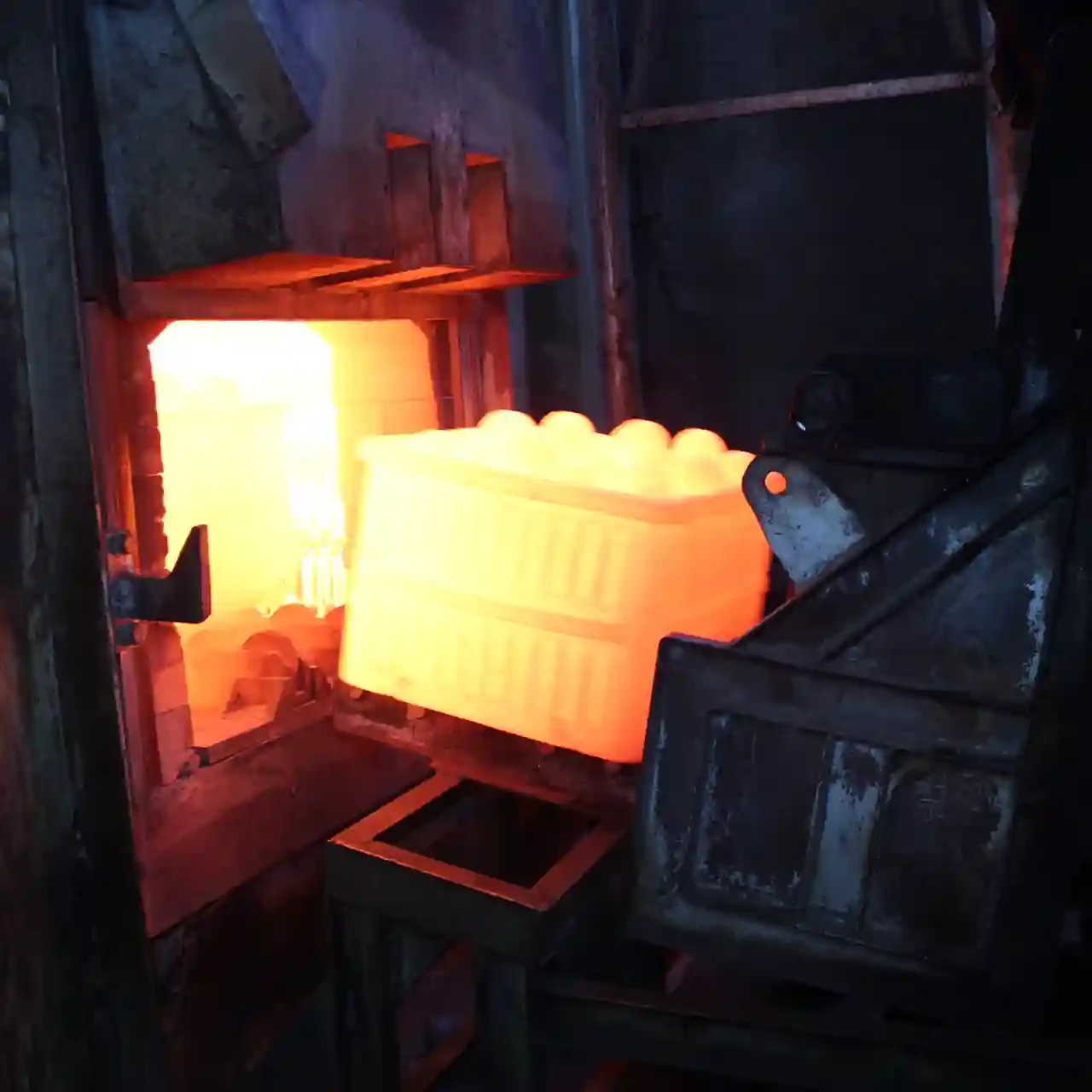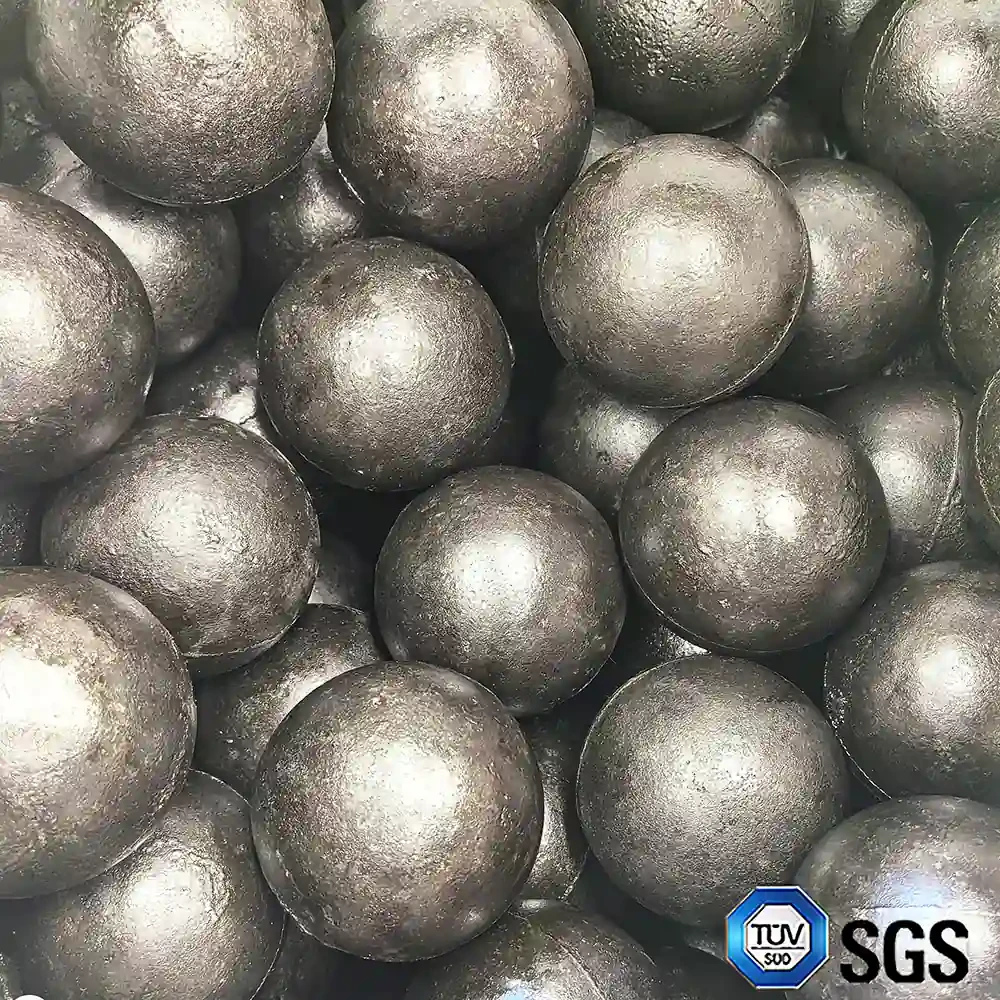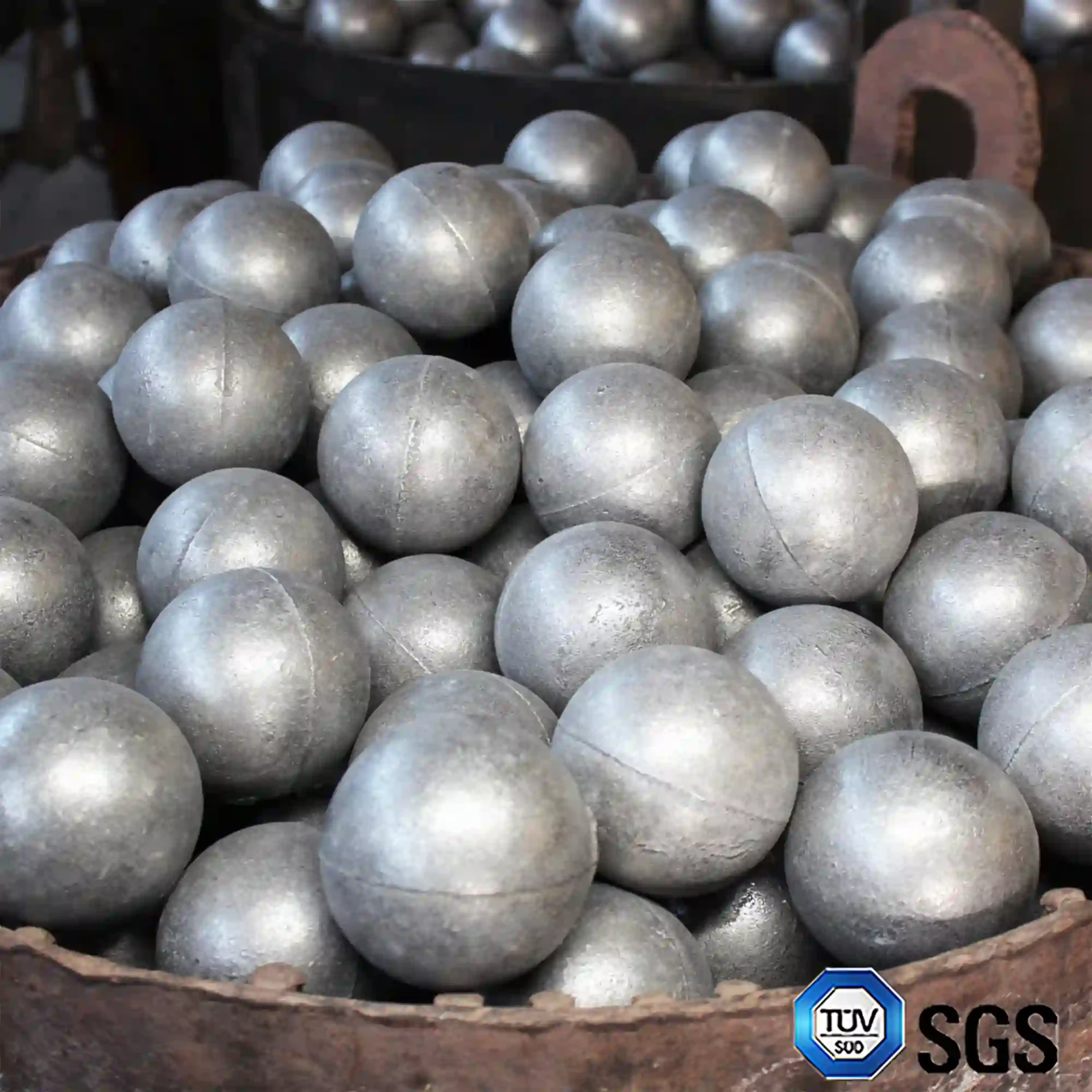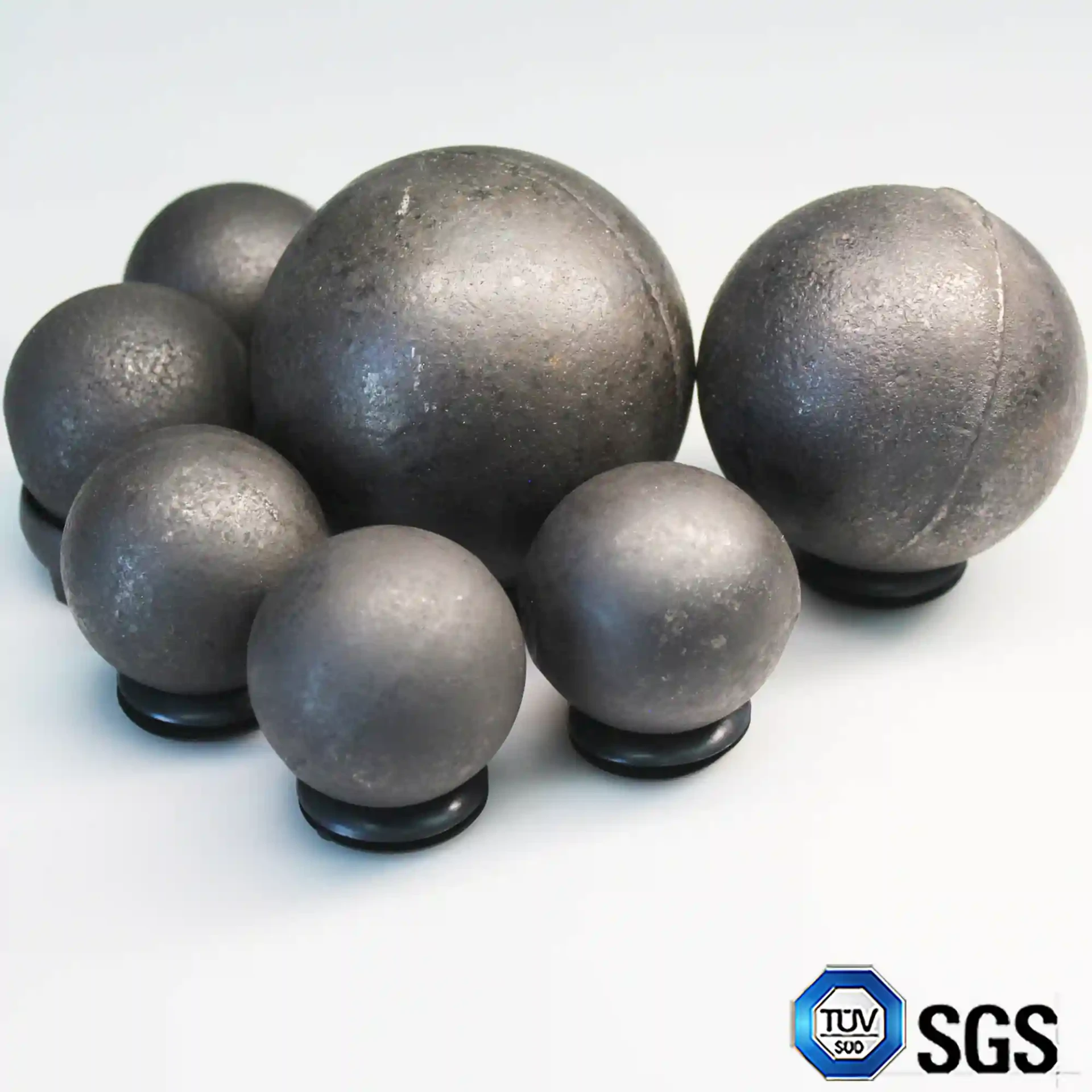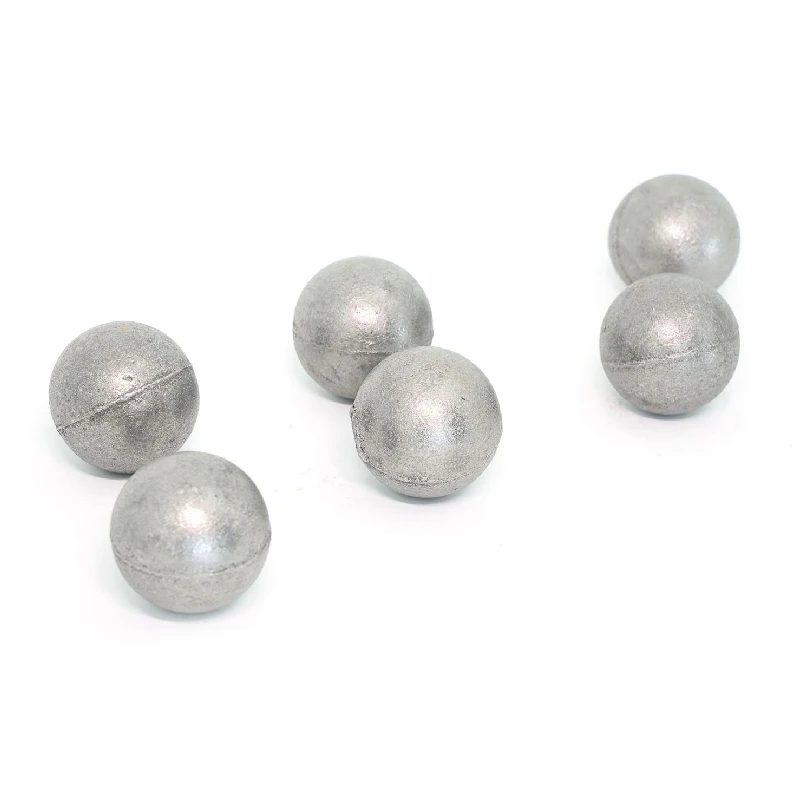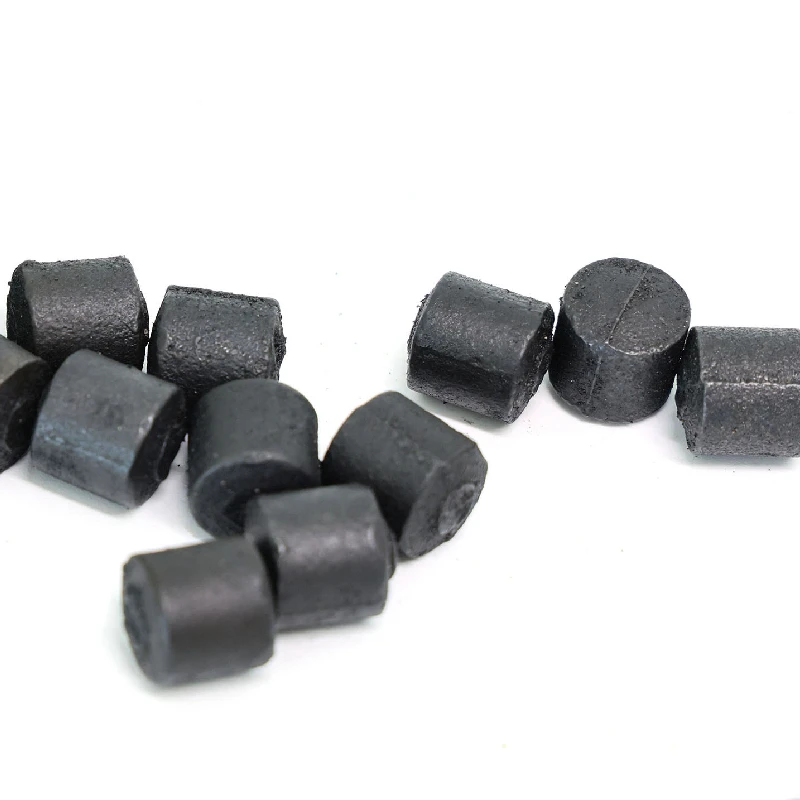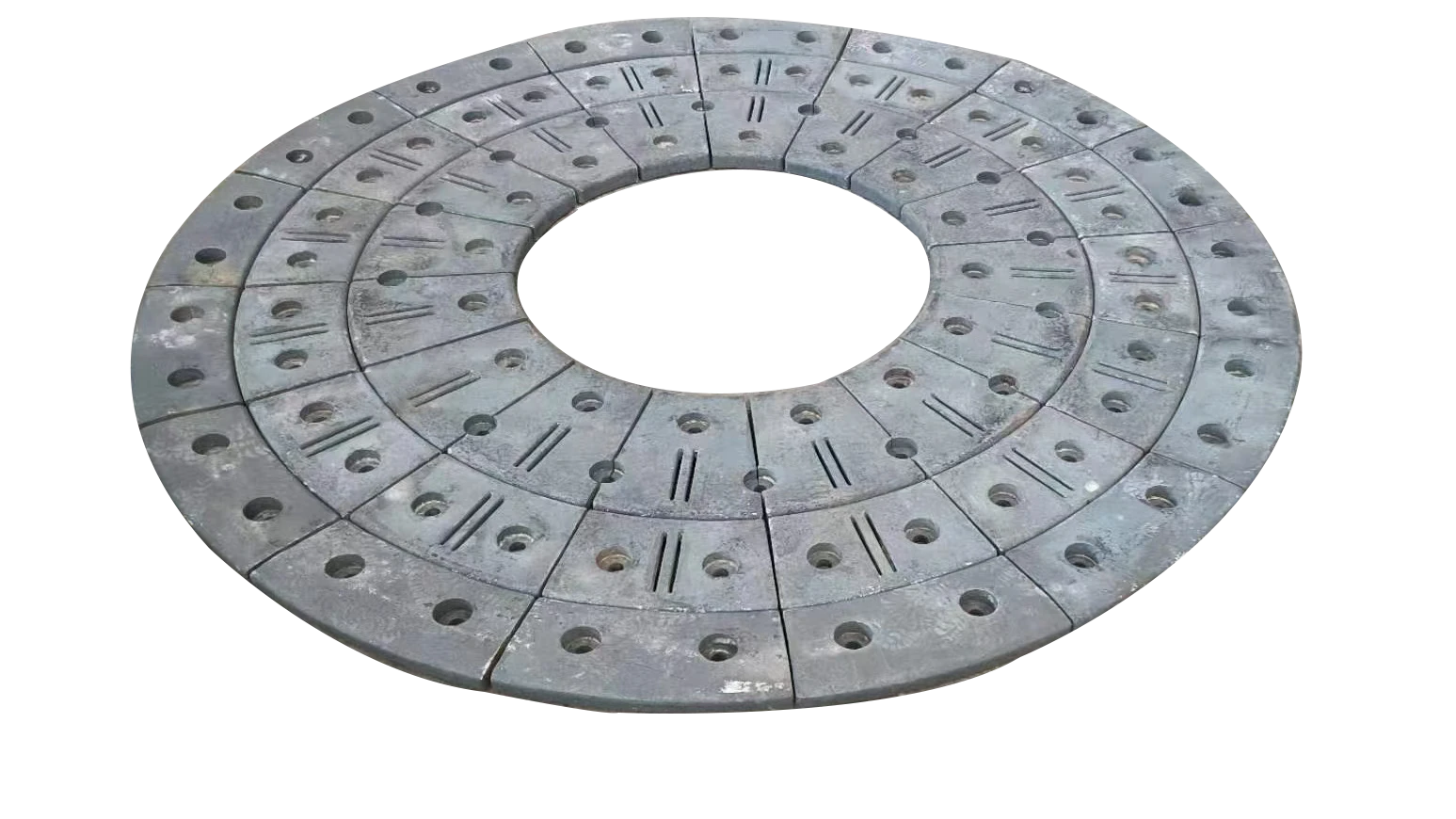Aug . 15, 2025 03:00 Back to list
Wear-Resistant Manganese Steel Plate for Heavy Duty Applications
Unlocking Durability: The Role of Manganese Steel Plate in Industrial Applications
In demanding industrial environments, material selection is paramount to operational efficiency, safety, and cost-effectiveness. Among the myriad of choices, manganese steel plate stands out as a superior solution, particularly in applications requiring exceptional wear resistance and impact strength. Often referred to as Hadfield steel, this austenitic steel alloy is renowned for its remarkable work-hardening capabilities, allowing it to become harder and more resistant to abrasion when subjected to impact. This unique characteristic makes it indispensable in sectors such as mining, quarrying, cement production, and railway systems, where components are constantly exposed to severe abrasive and impact forces. Understanding the intricate properties, manufacturing processes, and strategic applications of manganese steel plate is crucial for B2B decision-makers seeking to optimize their machinery's lifespan and performance.
The global demand for high-performance wear-resistant materials continues to surge, driven by infrastructure development and the extractive industries. As industries evolve, the technical specifications and metallurgical advancements in high manganese steel production are continually refined to meet ever more stringent requirements. This section will delve into the core characteristics of this robust material, exploring its unique metallurgical structure, key technical parameters, and the specialized manufacturing techniques that contribute to its unparalleled durability. By integrating real-world data and expert insights, we aim to provide a comprehensive guide for engineering professionals and procurement managers looking to leverage the full potential of this vital industrial component.
Technical Deep Dive: Understanding Manganese Steel Plate Properties
At the heart of manganese steel’s exceptional performance lies its unique metallurgical composition. Typically containing 11-14% manganese and 1.0-1.4% carbon, this alloy exhibits a fully austenitic structure after appropriate heat treatment. The presence of a significant amount of manganese stabilizes the austenite phase at room temperature, which is critical for its renowned work-hardening ability. When subjected to impact or pressure, the surface layer of the steel undergoes a phase transformation, leading to a significant increase in hardness while the core remains tough and ductile. This characteristic makes it highly resistant to abrasive wear and deformation under high impact loads, unlike many other alloys that would simply fracture.
The role of alloying elements such as silico manganese and silicon manganese is pivotal in the production of high-quality Hadfield steel. Silicon acts as a deoxidizer and can contribute to strength and hardness. While manganese is the primary alloying element, controlled additions of silicon enhance the castability and mechanical properties. The optimal balance of these elements ensures the desired austenitic structure and maximizes the work-hardening potential. The properties of high manganese steel plates are not static; they are highly dependent on both the precise chemical composition and the subsequent heat treatment processes. This sophisticated metallurgy ensures that the final product can withstand the most rigorous operating conditions across various industries.
Below is a typical parameter table for common grades of manganese steel plate, aligning with ASTM A128 standards, illustrating their chemical composition and mechanical properties before work-hardening. These specifications are crucial for engineers when designing components for specific applications:
| Grade | Carbon (C) % | Manganese (Mn) % | Silicon (Si) % | Phosphorus (P) % (Max) | Sulfur (S) % (Max) | Tensile Strength (MPa) (Min) | Yield Strength (MPa) (Min) | Elongation % (Min) | Brinell Hardness (HBW) (Typical) |
|---|---|---|---|---|---|---|---|---|---|
| ASTM A128 Grade A | 1.05-1.35 | 11.0-14.0 | 0.30-1.00 | 0.07 | 0.05 | 860 | 345 | 35 | 190-230 |
| ASTM A128 Grade E-2 | 0.70-1.00 | 11.0-14.0 | 0.30-1.00 | 0.07 | 0.05 | 830 | 310 | 30 | 180-220 |
The Advanced Manufacturing Process of Manganese Steel Plate
The production of high-performance manganese steel plate is a complex, multi-stage process that demands precision and adherence to rigorous quality standards. It typically begins with the careful selection of raw materials, including high-purity iron, ferroalloys like silico manganese, and scrap steel, all rigorously tested for composition. These materials are then melted in an electric arc furnace (EAF) or induction furnace, where precise amounts of carbon, manganese, and other alloying elements are added to achieve the desired chemical composition for Hadfield steel. During this phase, deoxidization and desulfurization processes are critical to ensure material cleanliness and eliminate impurities that could compromise mechanical properties.
Following the melting stage, the molten steel is typically poured into sand molds to form castings or continuously cast into slabs. For manganese steel plate, large ingots are often cast. These ingots then undergo a series of forging or rolling operations to reduce their thickness and achieve the desired plate dimensions. This mechanical working refines the grain structure and improves uniformity. The most critical step in the manufacturing process is the heat treatment, specifically solution annealing and quenching. The plates are heated to a high temperature (typically 1000-1100°C) to ensure a complete austenitic structure, followed by rapid quenching in water. This rapid cooling locks in the austenitic phase, making the steel highly ductile and ready for its work-hardening characteristic under impact.
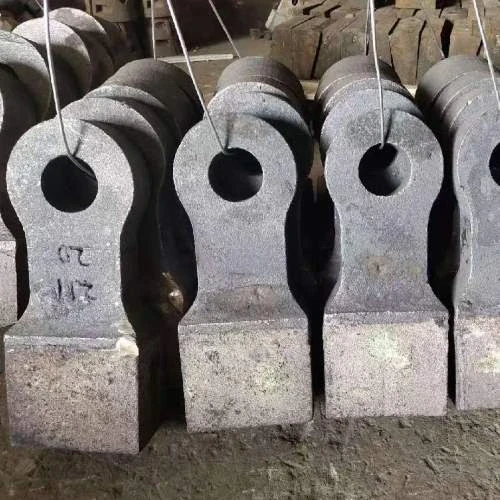
Post-heat treatment, the manganese steel plate may undergo further processing such as CNC machining for precise shaping, grinding, or cutting to meet specific design requirements. Throughout the entire manufacturing chain, stringent quality control measures are implemented. This includes chemical analysis, mechanical testing (tensile, impact, hardness), and non-destructive testing (NDT) such as ultrasonic inspection and magnetic particle testing, all performed in accordance with international standards like ISO and ANSI. These comprehensive checks ensure that each plate meets the specified metallurgical properties and dimensional tolerances, guaranteeing optimal performance and a long service life, often extending product lifespans significantly compared to conventional materials. These plates are extensively used in industries like metallurgy, mining, petrochemical, and water supply & drainage, offering advantages such as energy efficiency through reduced downtime and excellent corrosion resistance in demanding environments.
Application Scenarios and Industry Impact of Manganese Steel Plate
The exceptional wear and impact resistance of manganese steel plate makes it an indispensable material across a broad spectrum of heavy industries. In the mining and quarrying sectors, it is extensively used for the fabrication of crusher liners, jaw plates, cone liners, and grizzly bars, where components are subjected to constant severe abrasion and high-energy impacts from rocks and ore. Its work-hardening property ensures that as the material wears, its surface hardness increases, leading to an extended service life and reduced frequency of costly replacements. Similarly, in cement production, high manganese steel is employed in mill liners and grinding media, significantly improving operational efficiency and reducing maintenance overheads due to its longevity.
Beyond mining and cement, railway systems rely heavily on Hadfield steel for railway frogs (crossings) and switch points. These components experience immense impact and abrasive forces from passing trains, and the ability of manganese steel to work-harden under such conditions ensures safety and reduces track maintenance. In the recycling industry, shredder hammers and wear parts for waste processing equipment benefit immensely from the robustness of manganese steel plate, handling diverse and often unpredictable impact loads. Furthermore, in earthmoving and construction, components like excavator bucket teeth and wear strips are often made from or reinforced with this material, enhancing their resilience and operational lifespan in harsh digging and loading environments.
The strategic implementation of manganese steel plate delivers tangible benefits beyond just extended component life. By minimizing wear and tear, it contributes to significant energy savings by reducing friction and ensuring machinery operates at peak efficiency for longer periods. Its inherent toughness also provides excellent anti-corrosion properties in specific industrial contexts, making it suitable for applications where material degradation through combined wear and environmental factors is a concern. Case studies from leading industrial clients consistently demonstrate that upgrading to high manganese steel components leads to measurable reductions in downtime, lower replacement costs, and an overall improvement in productivity and profitability.
Choosing the Right Partner: Manufacturer Comparison and Customization
Selecting the right manufacturer for manganese steel plate is a critical decision that impacts not only product quality but also supply chain reliability and overall project success. Key considerations when evaluating potential partners include their manufacturing capabilities, adherence to international quality standards, experience in specialized casting or rolling, and capacity for customized solutions. A reputable manufacturer will possess certifications such as ISO 9001, demonstrating a commitment to quality management systems. Furthermore, their track record, service years in the industry, and partnerships with other reputable organizations can serve as strong indicators of their authority and trustworthiness in delivering high-performance Hadfield steel products.
Customization capabilities are often paramount for complex industrial applications. Leading manufacturers offer bespoke solutions for manganese steel plate, tailored to precise dimensions, specific chemical compositions (e.g., higher carbon content for increased initial hardness or specific alloy additions for enhanced performance in unique environments), and specialized heat treatments. This flexibility ensures that the supplied material is perfectly optimized for the client's operational demands, whether it's for a specialized crusher liner or a unique wear-resistant component. For instance, our expertise extends to producing highly durable wear parts like the High Chrome Hammer Head, which complements the wear resistance philosophy of manganese steel components, illustrating our comprehensive material science capabilities.
To assist in the selection process, here's an example comparison table highlighting attributes to consider when evaluating suppliers for high manganese steel plates:
| Attribute | Supplier A (Example) | Supplier B (Example) | Your Company (Example) |
|---|---|---|---|
| Certifications (e.g., ISO 9001) | ISO 9001:2015 | ISO 9001:2008 (Expired) | ISO 9001:2015, CE |
| Years in Industry | 15 years | 8 years | 20+ years |
| Customization Capability | Limited | Moderate | Extensive (Composition, Size, Heat Treatment) |
| Typical Lead Time (Plates) | 6-8 weeks | 8-10 weeks | 4-6 weeks (depending on complexity) |
| Customer Support & After-Sales | Standard hours, email support | Basic support | Dedicated account manager, 24/7 technical support |
Ensuring Trust and Reliability: Your Partner in Manganese Steel Plate Solutions
Building trust in B2B partnerships, especially for critical components like manganese steel plate, goes beyond just technical specifications. It encompasses transparency, accountability, and consistent support. Our commitment to expertise is reflected in our team of metallurgists and engineers who possess deep knowledge of high manganese steel alloys, ensuring optimal material selection and application guidance. We regularly publish technical insights and participate in industry forums to share our knowledge and contribute to the advancement of wear-resistant solutions.
Our extensive experience is validated by a robust portfolio of successful projects and long-standing client relationships across diverse industries. We have countless testimonials from satisfied customers who have experienced significant improvements in component lifespan and operational efficiency after implementing our manganese steel plate products. One client in the aggregate crushing industry reported a 35% increase in jaw plate lifespan, leading to substantial savings in replacement costs and reduction in unplanned downtime, directly attributable to the quality of our Hadfield steel. Our authority is underpinned by over two decades of dedicated service, consistent adherence to global manufacturing standards (including ISO 9001 and specific industry certifications like CE for European markets), and partnerships with leading research institutions for continuous material innovation.
We understand that reliable supply chain management is crucial. Our typical delivery cycle for standard manganese steel plate orders ranges from 4 to 6 weeks, with expedited options available for urgent requirements, ensuring minimal disruption to your operations. Furthermore, we stand by the quality of our products with a comprehensive warranty program, covering manufacturing defects and material integrity for a specified period, giving you complete peace of mind. Our dedicated customer support team is available to provide technical assistance, order tracking, and after-sales service, ensuring a seamless experience from inquiry to delivery and beyond. Your operational continuity is our priority.
Frequently Asked Questions (FAQ) about Manganese Steel Plate
-
Q: What makes manganese steel plate unique compared to other wear-resistant steels?
A: Its primary distinction is the work-hardening property. Unlike other steels that are hard from manufacturing, manganese steel gains extreme surface hardness only when subjected to impact, while retaining a tough and ductile core. This makes it ideal for high-impact wear applications.
-
Q: Can manganese steel plate be welded or machined?
A: While challenging due to its work-hardening nature, manganese steel can be welded using specific low-heat input techniques and appropriate filler metals to avoid embrittlement. Machining is extremely difficult post-hardening and is usually done in the as-quenched condition or by grinding.
-
Q: What is the typical lifespan of a manganese steel plate in heavy industrial use?
A: Lifespan varies greatly depending on the specific application, impact frequency, and abrasive material. However, compared to conventional carbon steels, manganese steel plate can offer 3-5 times or even greater extended service life, significantly reducing replacement cycles and maintenance costs.
References
- Hadfield, R. A. (1888). Manganese Steel. Journal of the Iron and Steel Institute, 33(2), 161-177.
- American Society for Testing and Materials (ASTM). (2019). ASTM A128/A128M-19: Standard Specification for Steel Castings, Austenitic Manganese.
- Leskovsek, V., Sarman, M., & Kosec, B. (2018). The effect of heat treatment on the microstructure and mechanical properties of high-manganese austenitic steel. Materials Science and Engineering: A, 717, 1-9.
- ASM International. (2008). ASM Handbook, Volume 1: Properties and Selection: Irons, Steels, and High-Performance Alloys.
-
Expert Insights on Fabrica de Molinos de Bolas: Industry Trends & Global Applications
NewsNov.24,2025
-
Expert Insights on Fabricantes de Bolas de Molienda de Acero: Global Applications & Trends
NewsNov.23,2025
-
Leading Fabricantes de Bolas de Molienda: Your Ultimate Guide to Grinding Balls
NewsNov.23,2025
-
Fabricante de Bolas de Molienda – Quality Grinding Balls for Efficient Industry
NewsNov.23,2025
-
Trusted Proveedores de Medios de Molienda for Efficient Industrial Grinding
NewsNov.22,2025
-
Proveedores de Bolas de Molienda: Your Guide to Top Grinding Ball Suppliers & Industry Insights
NewsNov.22,2025
Realted Products

